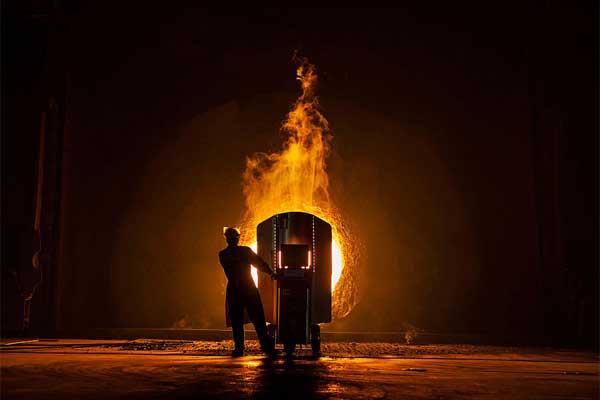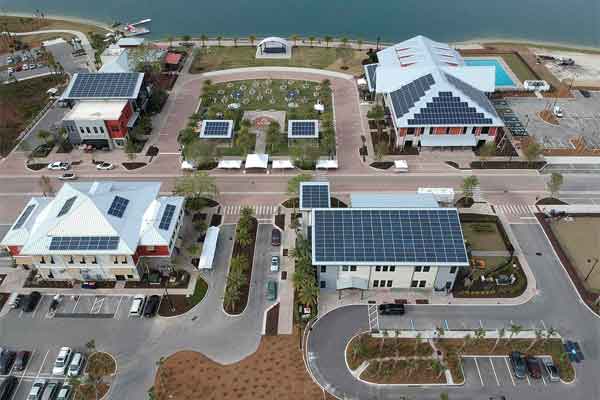Several publications including the Washington Post, report “grim findings” from the International Energy Agency (IEA)’s latest annual report on global carbon emissions.
The report finds that not only are planet-warming CO2 emissions still increasing, but the world’s growing thirst for energy has led to higher emissions from coal-fired power plants than ever before.
The report adds that energy demand around the world grew by 2.3 percent over the past year (2018), marking the most rapid increase in a decade.
“We have seen an extraordinary increase in global energy demand in 2018, growing at its fastest pace this decade,” says Fatih Birol, the IEA’s executive director.
To meet that demand, largely fuelled by a booming economy, countries turned to an array of sources, including renewables. But nothing filled the void quite like fossil fuels, which satisfied nearly 70 percent of the skyrocketing electricity demand, according to the agency, which analyzes energy trends on behalf of 30 member countries, including the U.S.

Increased energy demand came from the steel and iron industries, which have produced record output in recent months. /Kevin Frayer /Unearthed
Asia is now responsible for the majority of coal-fired power generation globally, and the average age of power plants there is now just 12 years, meaning they have decades to go before reaching their planned end of production in about 30 to 50 years.
Last year can also be considered another golden year for gas. But despite major growth in renewables, global emissions are still rising, demonstrating once again that more urgent action is needed on all fronts.”
Growth in emissions last year — 560m tonnes — is equivalent to the entire annual emissions from the aviation sector.
It was the second consecutive year of rising emissions, after a period during which CO2 emissions were mostly flat between 2014 and 2016.
“It seems like a vicious cycle,” said Mr. Birol, pointing out that in India air conditioning had become a big factor in power demand. “Heating and cooling are one of the biggest drivers of energy demand growth.”

Babcock Ranch: a sustainable and “all-solar” city in Florida
Meanwhile, a new analysis shows that around three-quarters of U.S. coal production is now more expensive than solar and wind energy in providing electricity to American households.
“Even without major policy shift we will continue to see coal retire pretty rapidly,” said Mike O’Boyle, the co-author of the report for Energy Innovation, a renewables analysis firm. “Our analysis shows that we can move a lot faster to replace coal with wind and solar. The fact that so much coal could be retired right now shows we are off the pace.”
The study’s authors used public financial filings and data from the Energy Information Agency to work out the cost of energy from coal plants compared with wind and solar options within a 35-mile radius.
They found that 211 gigawatts of current U.S. coal capacity, 74 percent of the coal fleet, is providing electricity that’s more expensive than wind or solar.
By 2025 the picture becomes even clearer, with nearly the entire US coal system out-competed on cost by wind and solar, even when factoring in the construction of new wind turbines and solar panels.













Comments